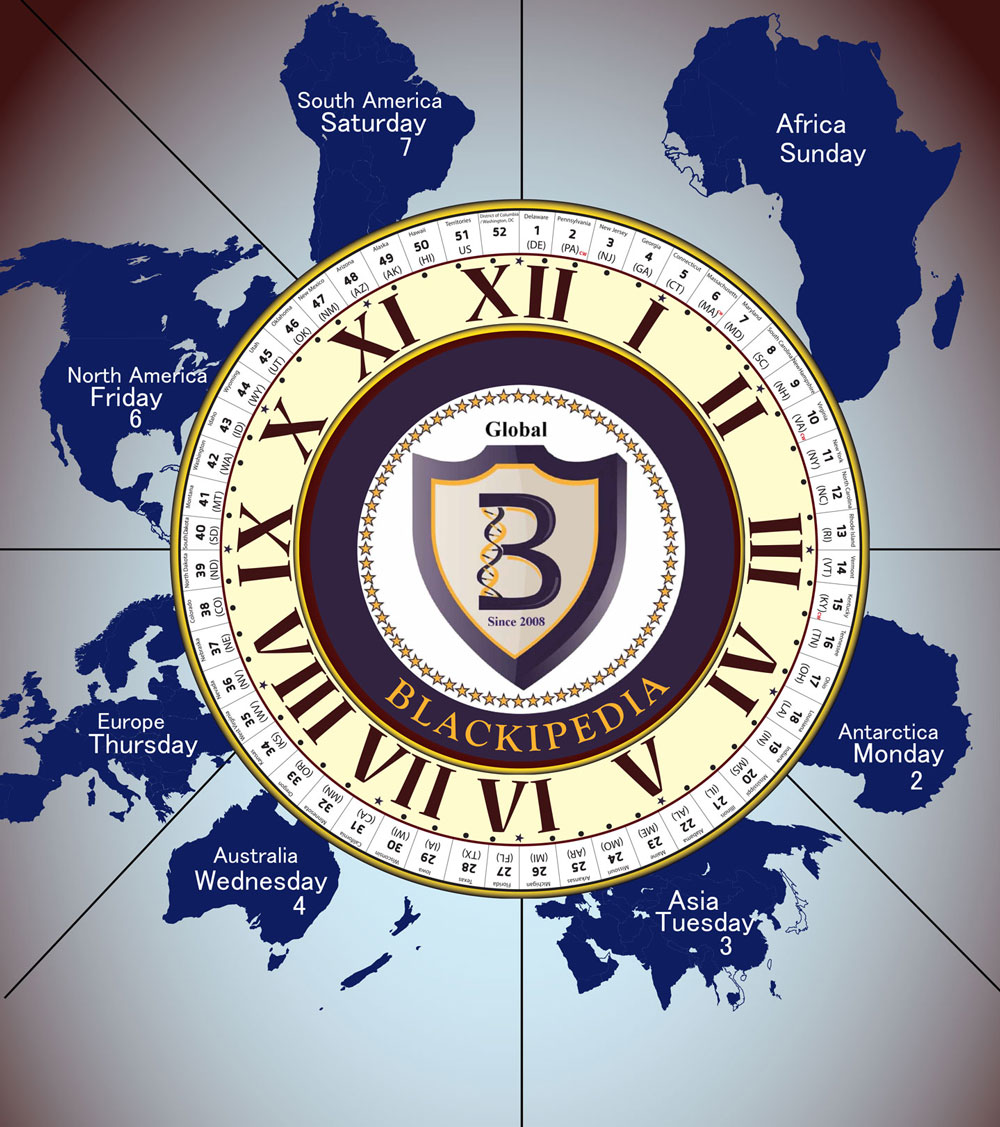In Pennsylvania, most enslaved Africans practiced the same religion as their masters. It was common for slaves to attend church services. Quakers were the first group to stand up against slavery in Pennsylvania and created pathways for enslaved Africans to attend schools and church.
In 1787, Pennsylvania entered the State of the Union, former slaves Absalom Jones and Richard Allen formed a nondenominational religious society in Philadelphia, Free African Society(FAS). FAS was the first African American mutual aid society in Philadelphia. The mission was to provide fellowship, a place of worship, and monetary support for members and their families in case of sickness or death.
The group was initially planned to be a religious society. Still, Allen and Jones realized that the group was too small and that a majority of the members, along with Jones, were affiliated with the Episcopal church. Allen and other members were affiliated with the Methodist Church.
In 1792, Jones founded the African Church in Philadelphia, which was free from white control. The church opened in 1794 as The African Episcopal Church of St.Thomas and became the first Black church in Philadelphia.
Allen stayed a strict Methodist and founded Bethel African Methodist Episcopal Church in 1793. The church was not completely free from white control. However, the church began to be known as Mother Bethel, and smaller congregations began to form across the area.
The Yellow Fever hit Philadelphia in 1793, and many people fled the city to evade the plague. There was a dramatic shortage of doctors and medical assistants, which led the city to turn to its long-ignored African American community for assistance. Absalom Jones and Richard Allen were among the most influential leaders involved in organizing aid for the needy poor. When they were first founded, St. Thomas and Mother Bethel were small congregations. In 1794, St. Thomas recorded 246 members, and Bethel registered 108. Just one year later, St. Thomas recorded a membership of 427 and Bethel 121. It has been estimated that in 1795 approximately one-third of the black population in Philadelphia attended one of these churches. Both churches continued to grow and in the early 1800’s Bethel’s population began to outnumber St. Thomas, and by 1812 Bethel’s population was approximately 1,200, and St. Thomas’s was around 600. In 1796, a third African American church, Zoar Methodist Episcopal, was established.
Zoar began as a Methodist mission of St. George’s Methodist Church with the blessing of St. George’s minister John Dickens. Zoar was started with a small group of African American members(18 men and 3 women) of St. George’s. They first began meeting at an abandoned butcher shop, and in 1796 purchased a lot and constructed a church on the site. Bishop Asbury dedicated the new building, and today it is regarded as the first recognized African American congregation in the Methodist denomination. They remained an informal Methodist Mission until the Commonwealth of Pennsylvania chartered them as the African Zoar Methodist Episcopal Church in 1837. Rev. Perry Tilghman served as the first pastor of the chartered congregation from 1835 to 1844.
The fourth African American congregation established in Philadelphia was First African Presbyterian, organized in 1807. As early as 1806, The Rev. Archibald Alexander, who was the Third Presbyterian Church pastor, wanted to create a separate African American Presbyterian church. He began training an enslaved African American John Gloucester. Gloucester’s master was a former Tennessee minister, Dr. Gideon Blackburn. After Gloucester completed his biblical training under Dr. Alexander and was set free by Blackburn, he founded the First African Presbyterian Church, which built its first building at Seventh and Bainbridge Streets in 1810. Gloucester had four sons; each trained for the ministry at Princeton. His oldest son, Jeremiah, founded Second African Presbyterian Church in 1824. In 1844, his second son, Stephen, founded Central Presbyterian Church, which later changed its name to Lombard Street Presbyterian Church after moving to a new location.
References:

